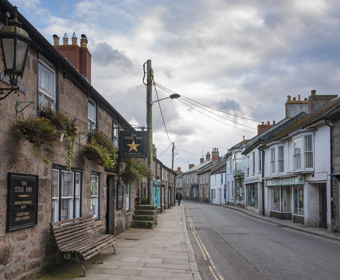A9 Caradon Mining District
Ranndir Balweyth Bre Garn
Big skies, boom and bust
This rugged, windswept and mostly treeless Area sits high up in a remote but beautiful corner of Bodmin Moor. Surrounded by gorse, wildlife and mining settlements the engine houses stand stark against the open moorland.
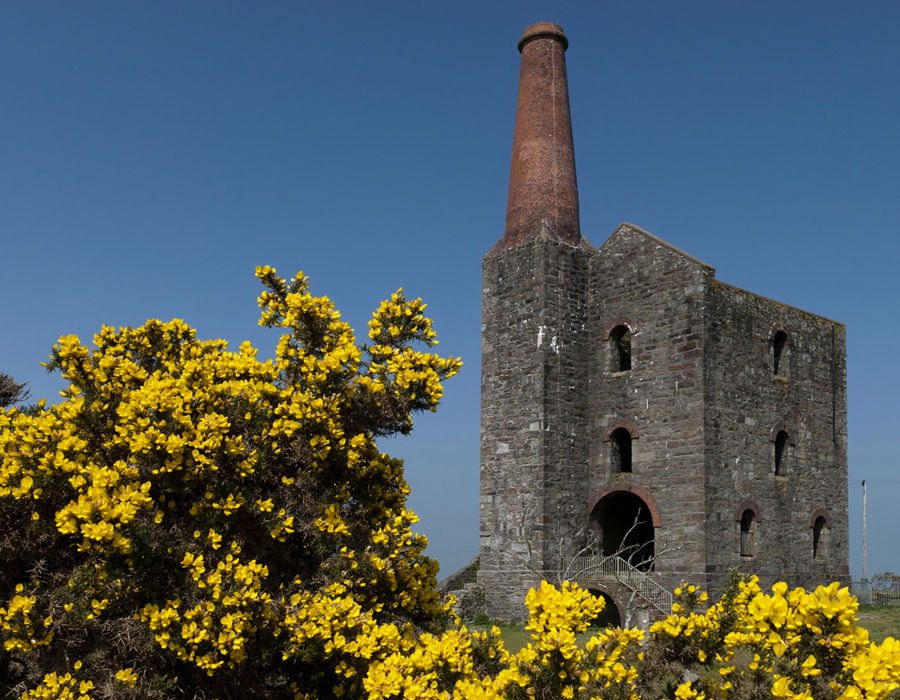
Rising dramatically from the surrounding plain, the granite dome of Caradon Hill dominates the Area and is encircled by engine houses, chimney stacks, thousands of tonnes of waste rock from the various mines and quarries, and the trackbed of the Liskeard & Caradon Railway.
This is a story of boom and bust: the rise of copper mining here established new settlements and expanded others, but the explosion of mining activity within this formerly isolated landscape was to last barely 50 years; large-scale mining for copper had essentially ceased by 1890.
The remoteness of the Area means it is a wonderful place to escape the crowds, cycling or on foot, and discover wide open moorland, unique natural habitats, and ancient and industrial landscapes. Always remember when visiting Bodmin moor that livestock are often close to or in the road so drive extra carefully and respect their space and habitat when driving and walking.
To discover more about the wealth of mining heritage of the Caradon Hill area of Bodmin Moor, the Liskeard & District Museum is well worth a visit.
The remoteness of the Area means it is a wonderful place to escape the crowds
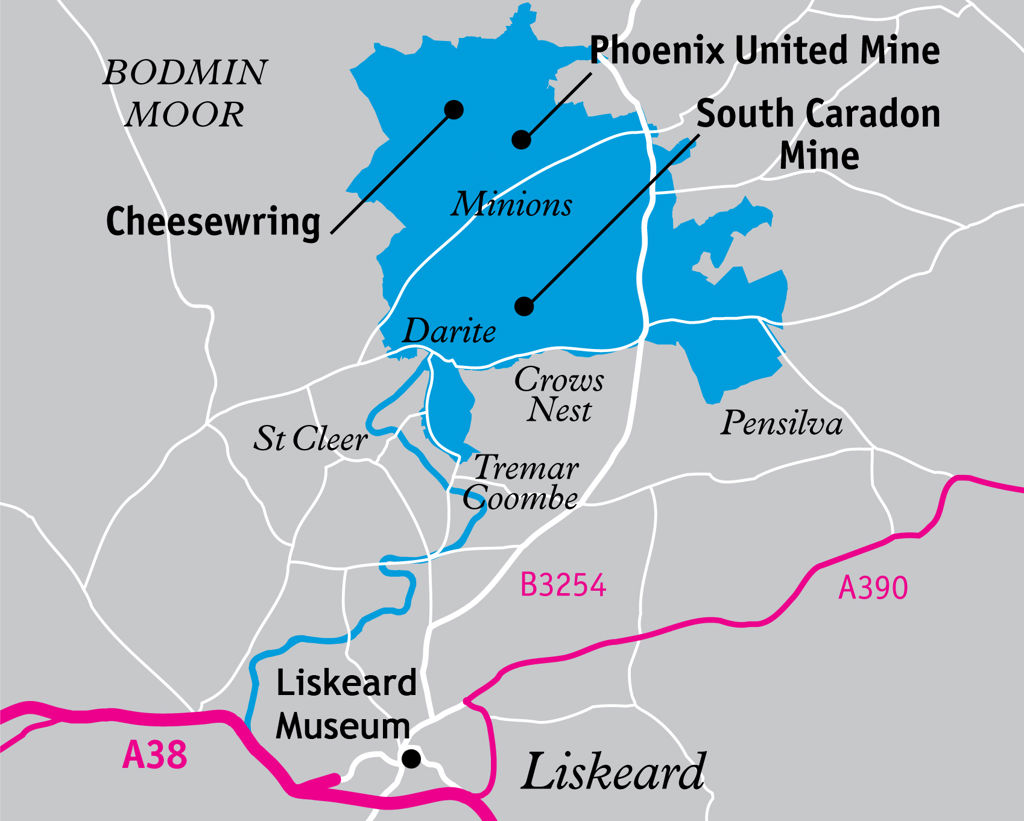
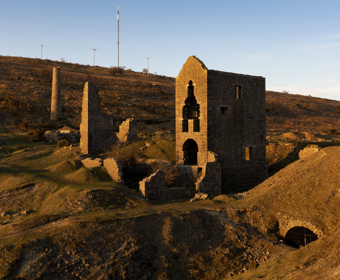
South Caradon Mine
Copper mining commenced here in 1836 and created the Caradon mining boom.
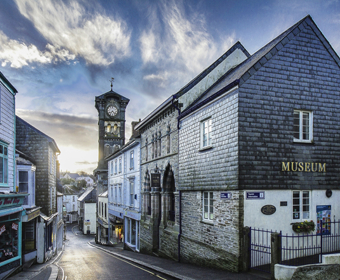
Liskeard and District Museum
A gem of a museum in the heart of Liskeard.
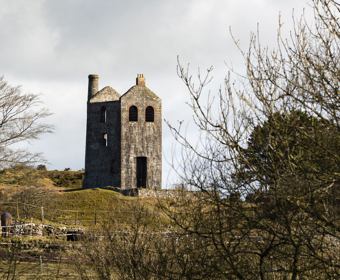
Minions Heritage Centre
This site is unfortunately closed at the present time.
Sorry - there are no Audio Trail guides available for this Area of the World Heritage Site at this time.
